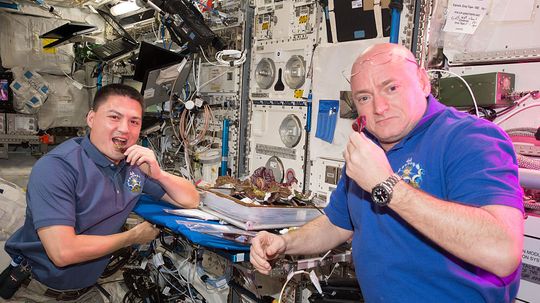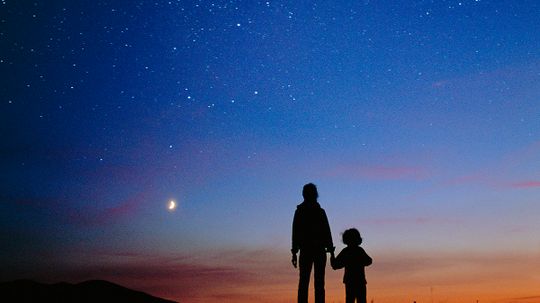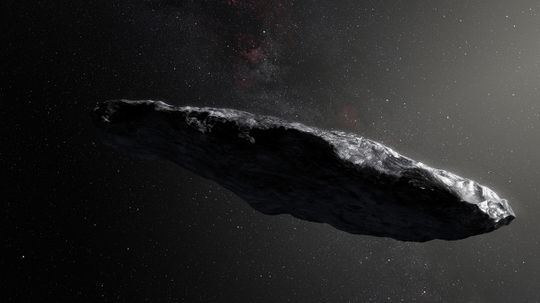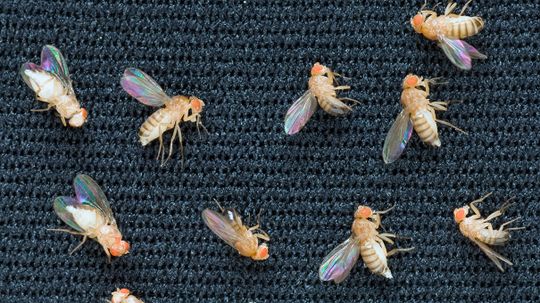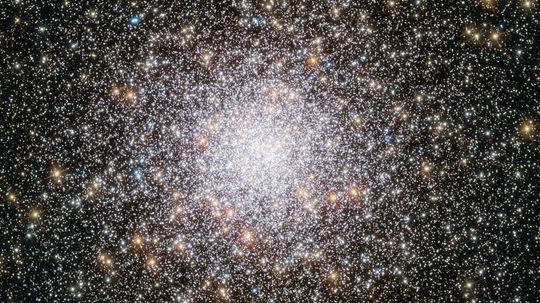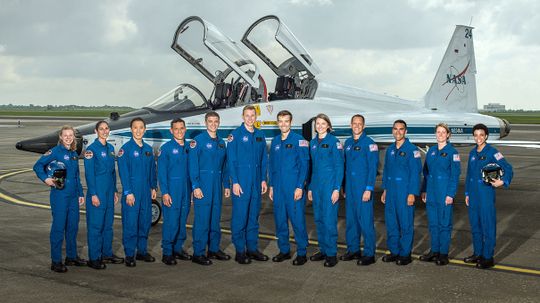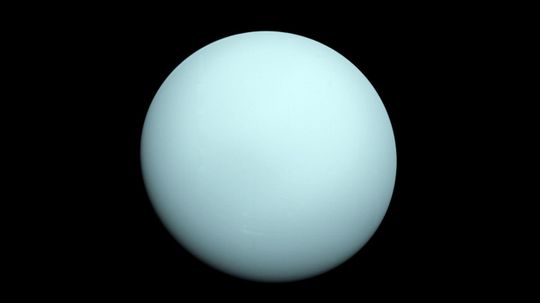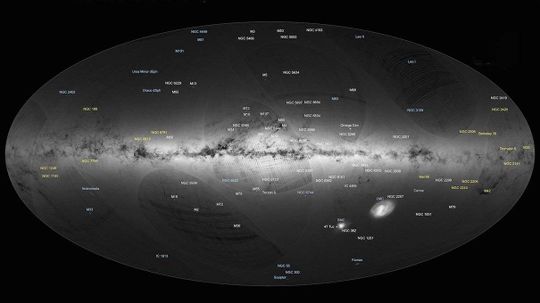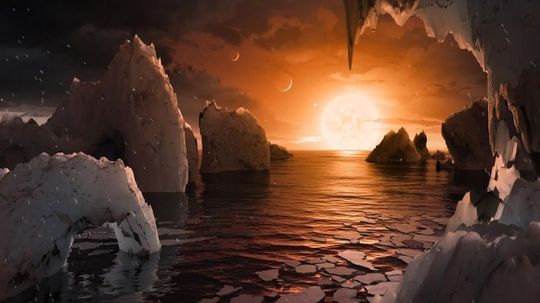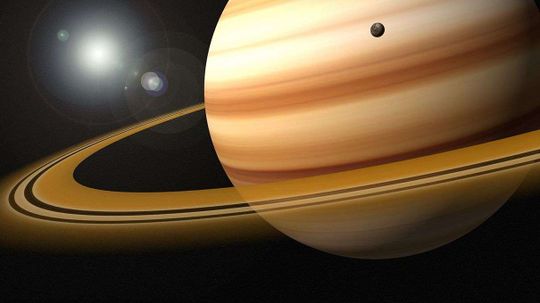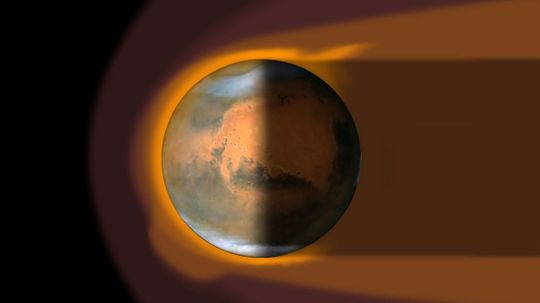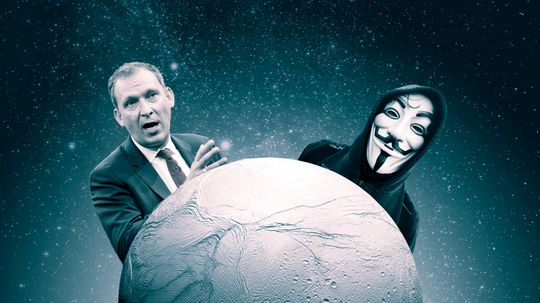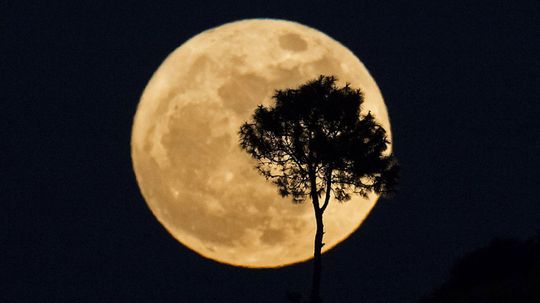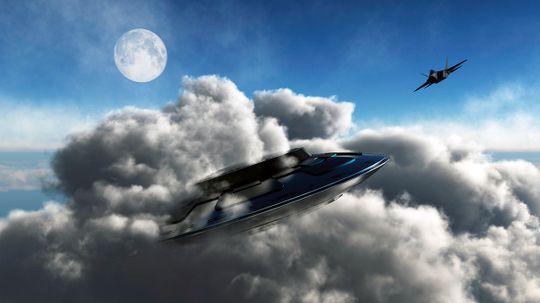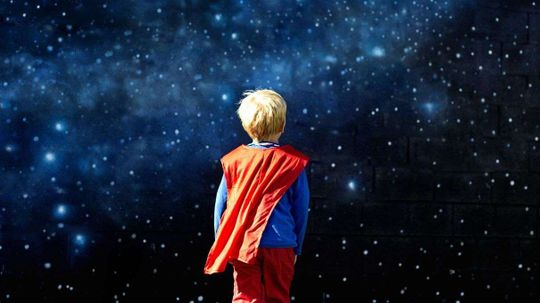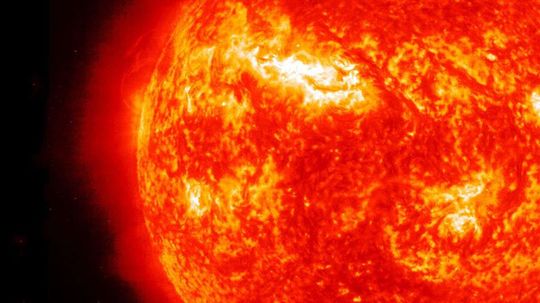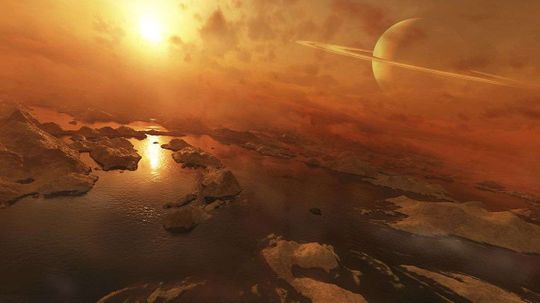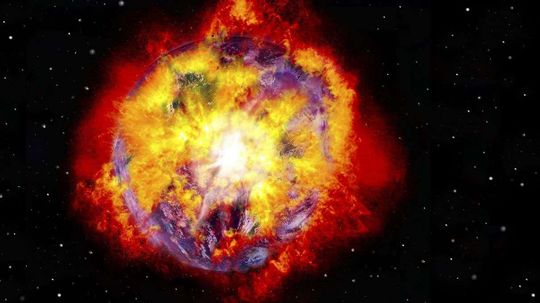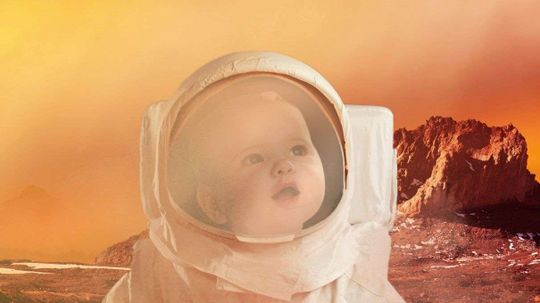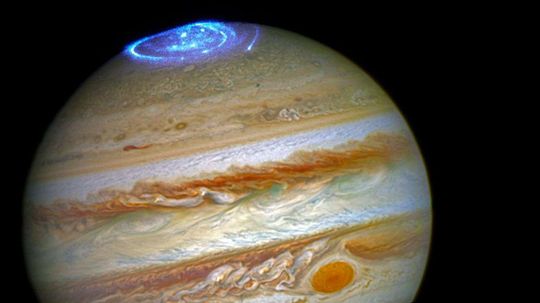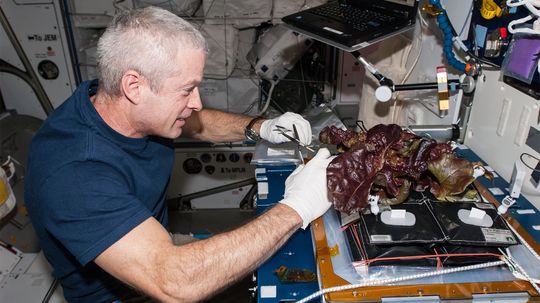Space
Explore the vast reaches of space and mankind's continuing efforts to conquer the stars, including theories such as the Big Bang, the International Space Station, plus what the future holds for space travel and exploration.
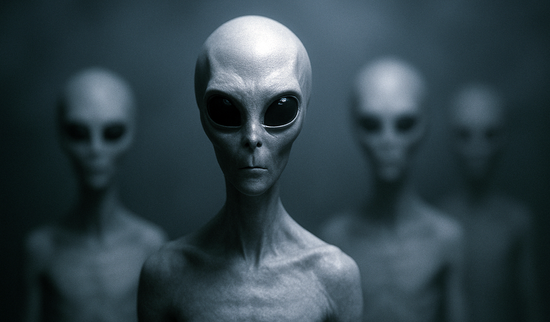
Tall Whites: The Classic Extraterrestrial Archetype
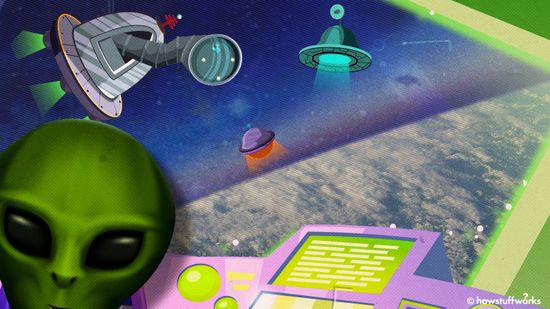
The Zoo Hypothesis: Are Aliens Watching Us Like Animals in a Zoo?
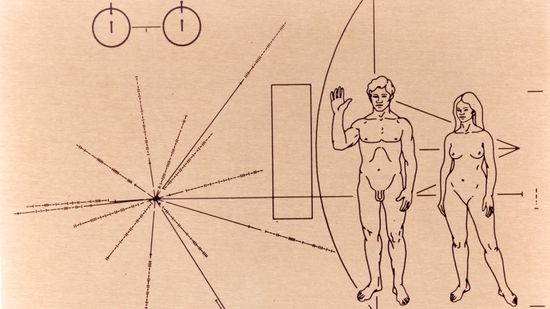
Communicating With Aliens Is Hard. Communicating With Alien AI Could Be Harder
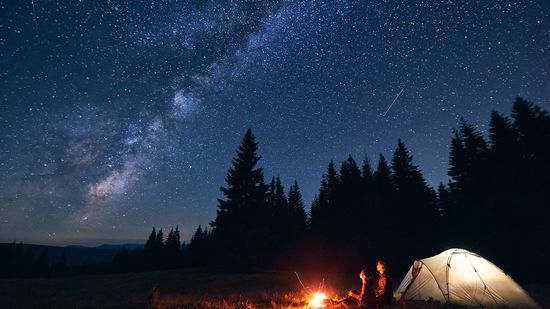
10 Types of Stars Blazing and Collapsing in Our Universe
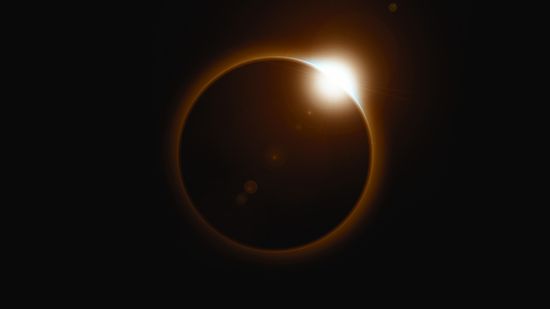
7 Types of Eclipses: Lunar, Solar and ... Hybrid?
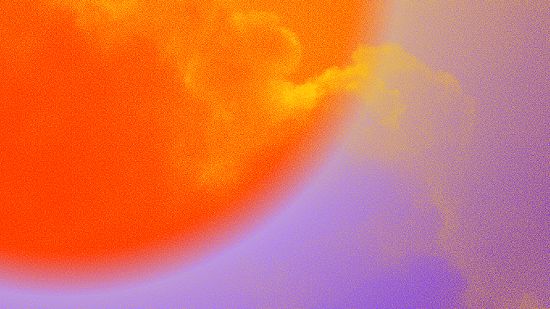
Why a Geomagnetic Storm Makes for Pretty Skies and Tech Scares
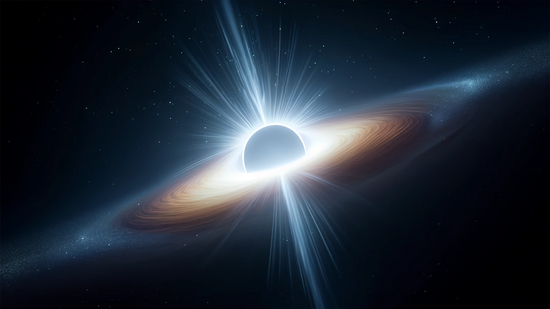
What Is a White Hole? Does the Cosmic Phenomenon Exist?
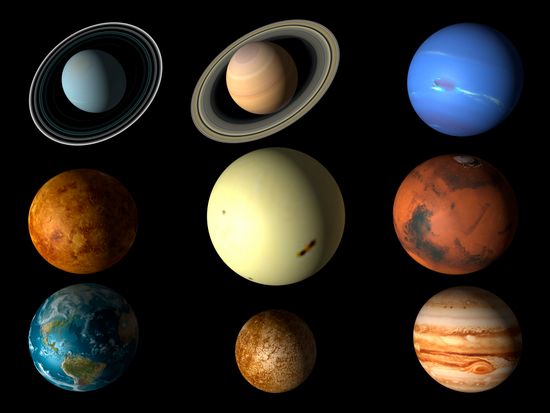
10 Best Ideas for Interplanetary Communication
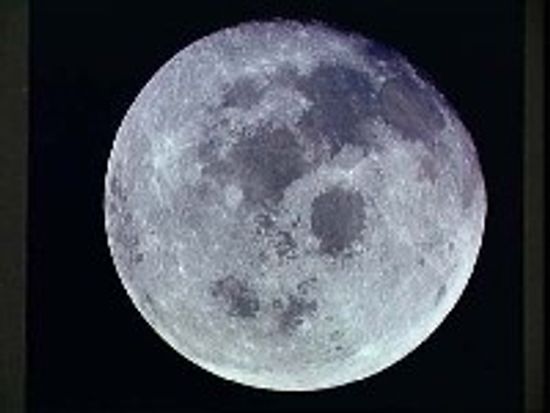
How can the moon generate electricity?
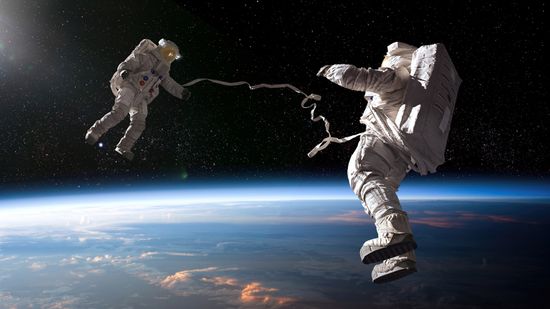
Is an Astronaut Stuck in Space a Rare Occurrence?

What Really Happened to Yuri Gagarin, the First Man in Space?
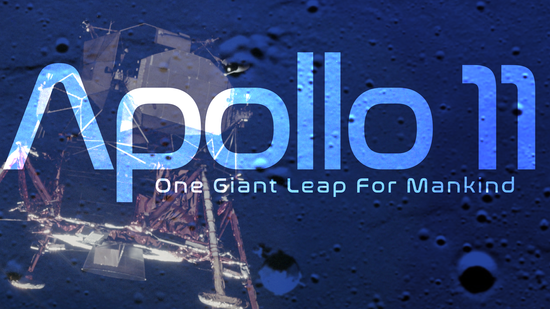
Apollo 11 One Giant Leap For Mankind
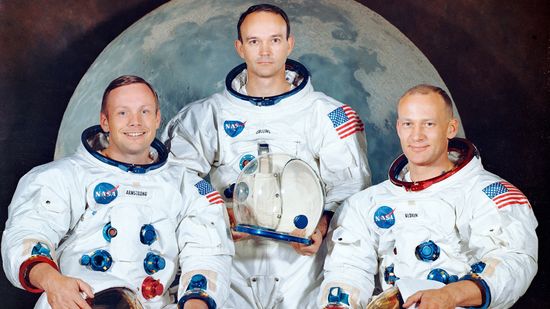
15 Famous Astronauts Who Expanded Our Universe
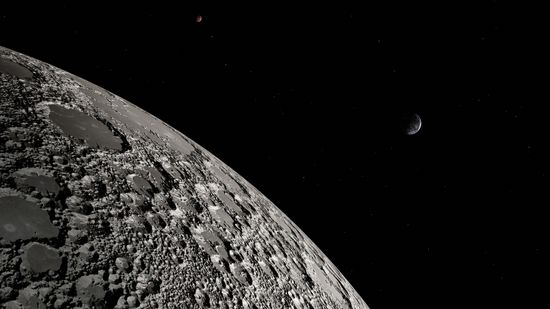
2023 India Moon Landing Was World's First at Lunar South Pole
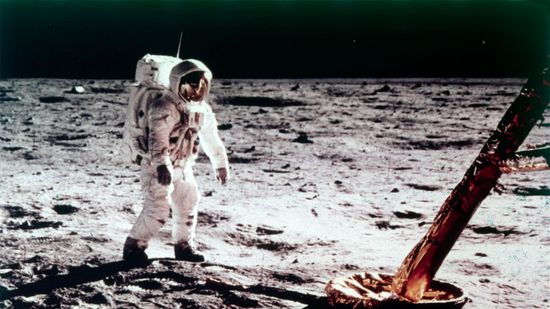
Quiz: Apollo 11, the First Moon Landing

The Fastest Fictional Spaceships
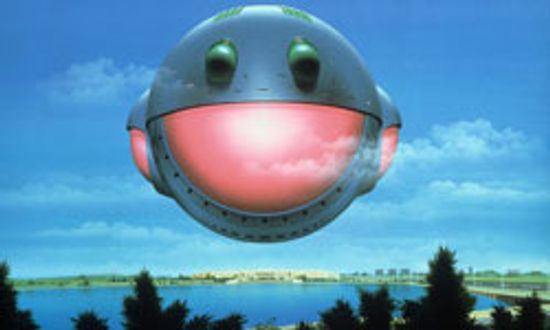
10 Fictional Spacecraft We Wish Were Real

How Lunar Rovers Work
Learn More / Page 11
In space, poop is often a problem. Maybe it will be part of the solution, thanks to a study showing waste can become protein and fat.
After the Soviet Union launched Sputnik I in 1957, the space race was on. And what followed was decades of secrecy that dominated its space program.
Advertisement
And if we're going to get technical about it, neither do those of us here on Earth.
Energized subatomic particles bombarding Earth from outer space can cause the electronics inside laptops, cell phones and other devices to crash.
Yep, 'Oumuamua was probably kicked out of its own star system by an overbearing gas giant like Jupiter.
The little flies have way more in common with us than you think. And it made them the perfect test animal to send to space.
By Mark Mancini
Advertisement
NASA astronauts have to undergo serious training before becoming approved for a trip to space. But some of that training is certainly not what you'd expect.
By Mark Mancini
Astronomers have just discovered a gas in Uranus' clouds that does nothing to help the planet being taken seriously.
The European Space Agency's Gaia satellite observatory has created a 3-D model of the Milky Way - and beyond! - that charts more than a billion stars.
Advertisement
European scientists are inviting gamers to become citizen scientists, sifting through real astronomical data to spot undiscovered planets orbiting other stars.
Say hello to the newly discovered TRAPPIST-1 system, which is just 39 light-years away and filled with seven Earth-like planets.
The rings of Saturn, Uranus and Neptune may be remnants of smaller planets destroyed long ago by the gas giants' powerful gravity.
And solving that issue could go a long way toward making our planetary neighbor habitable.
Advertisement
Everybody wants to find aliens, even the hacktivist group Anonymous.
It's a bird, it's a plane, it's a supermoon! Aside from being bigger and brighter than a regular moon, does a supermoon affect anything on Earth?
The government's secret Advanced Aviation Threat Identification Program has spent millions researching UFOs and alien life. Are they covering up their findings?
By Diana Brown
NASA's Spot the Station feature will text or email you when the ISS is about to be overhead. And you won't even need a telescope to see it!
Advertisement
The sun's atmosphere is actually hotter than its surface, even though you'd assume the surface is what generates all that heat. How does that work?
Saturn's largest moon Titan is the only other celestial body we know of that has liquid lakes on its surface. NASA has just captured some amazing footage of clouds.
Outer planets in our solar system have atmospheres made up of flammable chemicals that can cause explosions on Earth. Could a rocketship, or electric spark, ignite them?
Elton's always maintained that Mars ain't the kind of place to raise your kids. Is he right?
By Julia Layton
Advertisement
The space telescope's ultraviolet observations come days before the Juno space probe will arrive to orbit the gas giant's polar regions.
Lettuce has key nutrients that give both astronauts and Earth-dwellers alike a physical and psychological boost. And the lettuce grown in space is no less nutritious than the Earth-bound variety.
By Katie Carman
